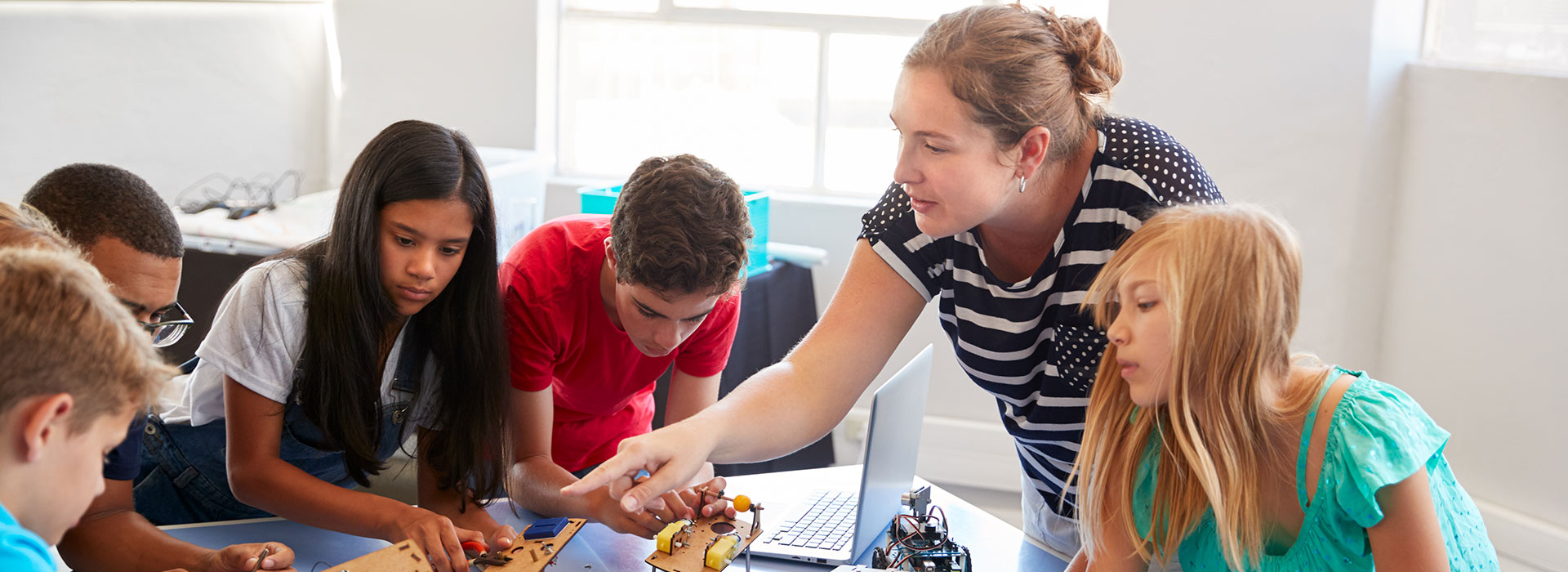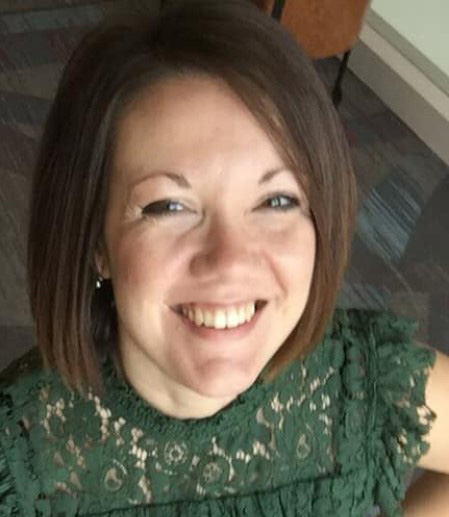I love the phrase, “the art of teaching”! You can have an identical lesson plan or lesson topic, but teach it in a variety of creative ways. Second to the working with students, most teachers would say they enjoy the “art” that comes in planning and facilitating a lesson. In order for the “art of teaching” to be most effective in student learning there are four concepts to consider.
The first, a guaranteed and viable curriculum. This means a curriculum that is established and followed to ensure vertical and horizontal alignment of content, skills, and curricular materials. In order to grow in our delivery of instruction, we need a common curriculum to work from so that we may have meaningful discussions with our colleagues (ideally in PLCs—Professional Learning Communities or Impact Teams) regarding the impact of strategies and structures on student learning. Another important reason for the G & V curriculum is that it ensures equity in learning for the students. It doesn’t matter which teacher they have for the course, because they will be taught the same curriculum. The following year, the teachers know for sure what objectives have been taught, saving time from having to review items we thought students had gaps in knowledge due to their teacher.
The second concept is, “Tight, Loose, Tight”. As mentioned above, the curriculum is tight because everyone follows the pacing guide and order of the curriculum and should be within a couple days of each other. Meaning that you have some flexibility for re-teach and enrichment based off your students needs that year. The “loose” is the “the art”—how you facilitate learning of the objectives/standards. The final “tight” is for common summative assessments. These are developed by the teachers and are used for backwards design in planning the “loose”. The data collected from the common summative assessments and formative assessments allow for the meaningful dialogue in PLC/Impact Teams. The common curriculum and assessments should be housed in a common place for easy access by all teachers.
The third concept is job-embedded collaborative learning with colleagues. What is job-embedded professional development? It is professional development within schools focused on quality instruction and student achievement. It occurs during the workday and in the workplace. Closely connected to the actual work of teachers in classrooms with their current students. Designed to improve teachers’ instruction and intended to improve student learning. Research show that when teachers receive an average of 49 hours of job-embedded professional development spread over a year, they can increase student achievement by as much as 21 percentile points (Yoon, Duncan, Lee, Scarloss, and Shapley, 2007). Professional learning communities (PLCs) and Impact Teams are the two vetted structures for this to occur in a collaborative setting. These structures provide the time and space to learn from one another’s “art”. For example, clear learning objectives, research-based strategies used for reteach and enrichment, reflect upon cultural relevant practices and learning environments, and reflect upon lesson design and the gradual release of learning.
The final concept is celebrating the small wins. It is important that we plan time for celebrating the small wins along the way in not only student growth, but adult growth as well. Celebrating these small wins helps us see the positives when you are in the thick of the work and learning. This might look like every PLC meeting beginning with celebrations or celebrations at monthly building meetings.
In order to perfect our “art” with fidelity, the above four concepts should be woven in as frequently as possible. In some districts, this is weekly. Another point to consider is how these concepts would positively impact support for new teachers in the beginning of their careers to ensure job satisfaction and longevity.
Works Cited:
Yoon, K. S., Duncan, T., Lee, S. W.-Y., Scarloss, B., & Shapley, K. (2007). Reviewing the evidence on how teacher professional development affects student achievement (Issues & Answers Report, REL 2007–No. 033). Washington, DC: U.S. Department of Education, Institute of Education Sciences, National Center for Education Evaluation and Regional Assistance, Regional Educational Laboratory Southwest. Retrieved from http://ies.ed.gov/ncee/edlabs


